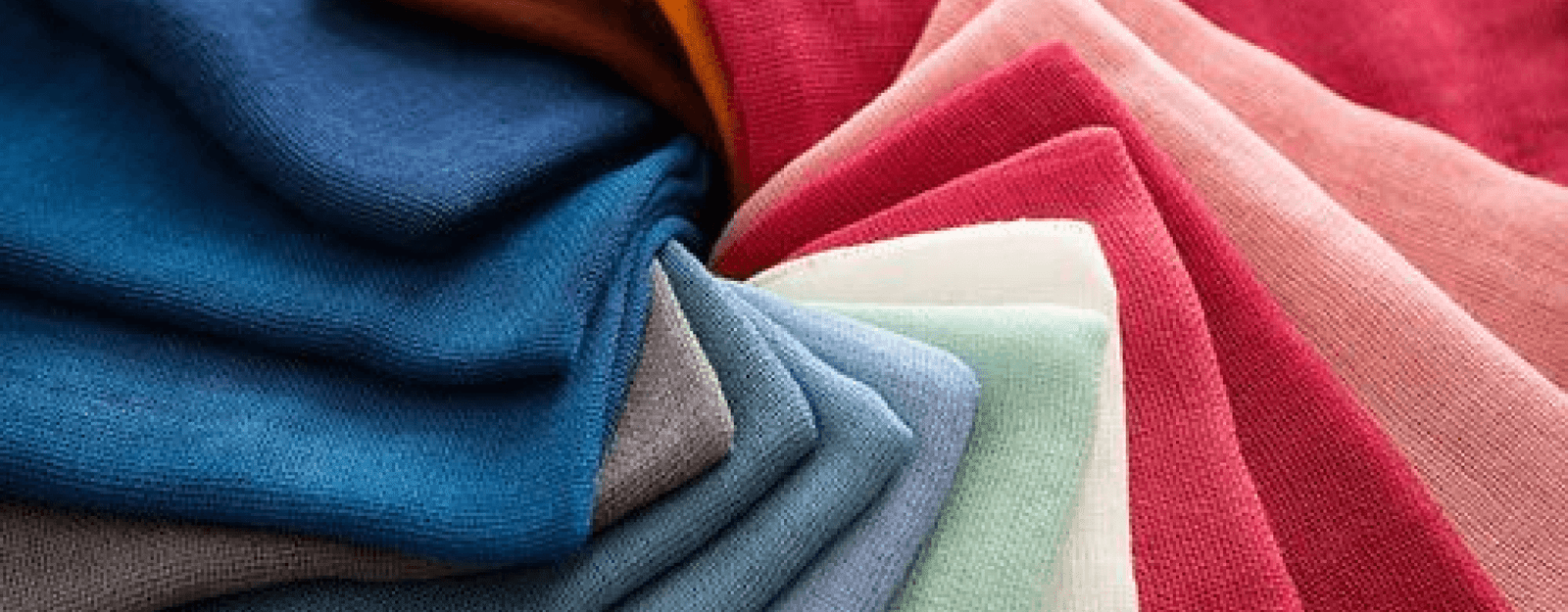Your cart is currently empty!

Fashion’s hostility towards the environment
The United Nations environment program on March 14th, 2019 presented some alarming statistics at the UN Environment Assembly. It stated that the fashion industry produces 20 percent of global wastewater and 10 percent of global carbon emissions – more than all international flights and maritime shipping. Textile dyeing is the second-largest polluter of water globally and it takes around 2,000 gallons of water to make a typical pair of jeans. Washing clothes also releases half a million tonnes of microfibres into the ocean every year. Every second, the equivalent of one garbage truck of textiles is landfilled or burned. If nothing changes, by 2050 the fashion industry will use up a quarter of the world’s carbon budget. No doubt that this industry shall be one of the major contributors to the mass extinction of species from earth. [1]Certainly, this pressing issue cannot be ignored anymore. Every person involved in the product life cycle has to contribute their part, by understanding their abilities and responsibilities in the manufacturing of sustainable products.

Image source: suedwesttextil.de
The concept of sustainability and sustainable garments
We first need to understand what sustainability is. The simplest possible interpretation is the ability of a process to continue for a long period – if a process disrupts the ecological balance in any manner and causes damage that takes a long time to heal, it cannot be categorized as a sustainable practice. Also, a product is said to be sustainable if all the processes associated with its lifecycle are sustainable.Many current businesses follow conventional linear economy – Take, Make, Dispose – which leads to quick exhaustion of resources on one end and causes disposal problems like landfilling, burning and aquatic pollution on the other. This problem can be addressed by promoting a circular economy and circular fashion that aims towards re-thinking and redesigning products, components, and packaging into compostable materials that help regrowth of the resource. This brings us to an understanding that the product which comes out of a cyclic process is sustainable and can be produced on a large scale. Those which have a linear lifecycle should be produced in smaller quantities and re-cycled subject to the technological capability.There are three major stakeholders in the apparel industry – Natural resources, human resources, and customers. None of them should get adversely affected due to the current practices being followed and there should be no reckless exhaustion of the natural resources leading to a crisis in the future. A garment that is produced by following these conditions can be identified as a sustainable garment.For businesses, acting differently and striving to produce sustainable garments, offers an opportunity to maintain and ensure profitable growth in the future. If no action is taken, they shall find themselves crushed between the rising cost of inputs, increasing customer consciousness and loss of value when clothing ends up in landfills.
What a sustainable garment might mean to you and how to make one?
Garment production begins with the design and development phase in which the design and choice of raw material determine much of a garment’s destiny and impact. The decided fibre mix can hinder or facilitate recycling. At this stage impact assessment of materials made through Higgs Index, Life Cycle Assessment and other life cycle tools should be considered and environment-friendly alternatives must be prioritized. Minimalist designs should be preferred and quality over quantity should be selected instead of fast fashion. Also, choice in colours and prints should be subject to the availability of eco-friendly dyes. For sampling, the management can opt for virtual samples instead of conventional sample preparation.Following it, compared to many other processes raw material stage has a huge impact on sustainability, partly because of the effect it has on recyclability.
Here sustainable materials such as cotton sourced from cotton initiatives – organic cotton, Cotton made in Africa, Better Cotton Initiative, etc., should be prioritized and a fixed utility should be targeted. One important call at this stage can be supplier transparency & traceability by arrangements of personal visits, third party inspections and working with established suppliers. This is required to ensure sustainable sourcing and environmental footprint tracking.The processing phase consists of activities with substantial environmental and social footprints. Dyeing fabrics alone can require as much as 150 litres of water per kilogram, and the water is often discharged unfiltered into waterways. Moreover, the social impact within processing is considered worst because of garment workers’ exposure to hazardous chemicals.
Working only with suppliers following global best practices in chemical management and certified with ISO 14001 (environmental management), ISO 9001 (quality management), ISO 18001 (occupational health and safety) are some steps that can be taken by the managers. [2]Manufacturing involves cutting, sewing, embroidery making, and seam taping the fabric, along with some dyeing and finishing such as stone washing. Social factors such as the health and safety of the laborers have been in the public spotlight recently and are the main challenges at this stage. Investment in the up-gradation of technology and improvement in production methods can enhance facilities and energy optimization. Production planning can be utilised to provide sustainable working hours while specialised training on labour health and safety can also be given.Packaging and distribution also have clear impacts related to sustainability. Instead of opting for traditional oil-based/single-use packaging, businesses should look forward to sustainable packaging options. Many organizations in the clothing industry are interested in solving these issues.
The Sustainable Clothing Alliance (SAC), which came into being in 2011, is one such body that introduced the Higgs Index to measure and score how sustainable a company or product is. SPC (Sustainable Packaging Coalition) is another organization that developed a software – COMPASS (Comparative Packaging Assessment) to help industries optimize package design using industry data and environmental performance indicators that are accepted internationally. For distribution, utilization of transport space by avoiding empty containers is an effective way to optimize energy. [3]Retail is where ambiance and aspiration turn into a purchase.
It gets little attention for sustainability, which is unfortunate because it has great potential for improving energy use, reducing waste, and engaging with consumers by giving reminders to recycle and state the importance of repair to prolong the useful life of the garment. Systematic training of store personnel should also be done to educate customers around the repair of clothes, recycling options and encourage them to shop sustainably.After all these phases the garment reaches out to the customer where it is handled, washed, repaired and possibly passed on. The major problem points are energy and water consumption from washing, drying, and ironing.
The type and amount of detergent used for washing also influence the impact. This stage of the garment life cycle is most crucial where the usable lifespan is determined. Instead of turning a blind eye, brands should utilize this opportunity to promote the usage of sustainable products, provide the customers with different eco-friendly washing options and encourage upcycling and reusability. This, in turn, shall make the customer interact and value the brand even more.When it comes to the end of the life cycle of fashion products, different fates are possible. They can be put to a different use, for example, second use with a new owner, up- or downcycled, fully recycled or just disposed of in landfills. Here lies the largest driver of this stage: preventing products from ending up as pure waste. This can be achieved by identifying material mixes and labelling and setting up a dedicated recycling infrastructure for clothing by offering recycling channels to customers—takeback models in store, pick up services, feedback into second-hand, material processing for new items.
Conclusion
With these little efforts in respective stages of garment production, one can contribute to preparing a sustainable garment and hence create a thriving, long-lasting business. This in return shall guarantee safe employment and health of the stakeholders as well as customers. Recycling is imbibed in the Indian tradition and society from time immemorial. But the transition to modernization has shifted the business towards mass manufacturing. India could not complete this transition, as a result, most of the businesses are neither traditional nor high-tech. We have sustainability in our mindset. We just need to recognize that our businesses also require this approach of functioning to exist in the future and provide employment to thousands of people. It is high time that we recognize the damage and opt for up-gradation for sustainable practices for a safe, secure future.
References
Putting the brakes on fast fashion (12 NOV 2018) UNEP
Importance of ISO Standards for chemical industry – Anoop Srinivasan (Dec 30, 2016)
Sustainable packaging choices for clothing (POSTED ON OCTOBER 23, 2018 BY JORDAN SCHROECKER)
Textile industry’s environmental effects and approaching cleaner production and sustainability




